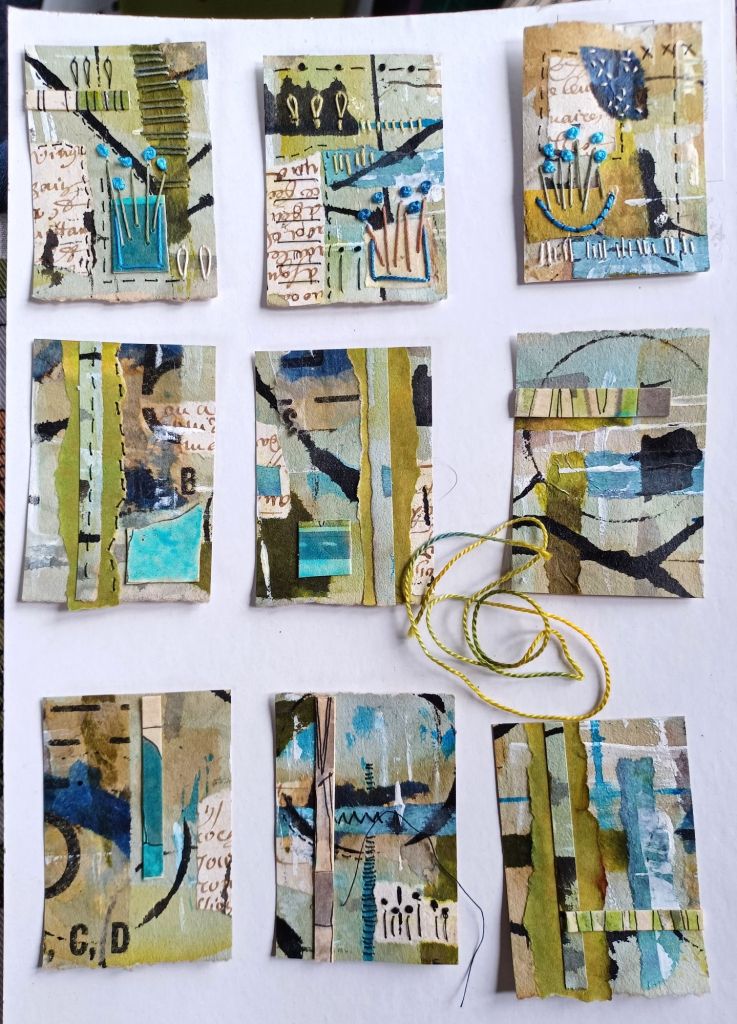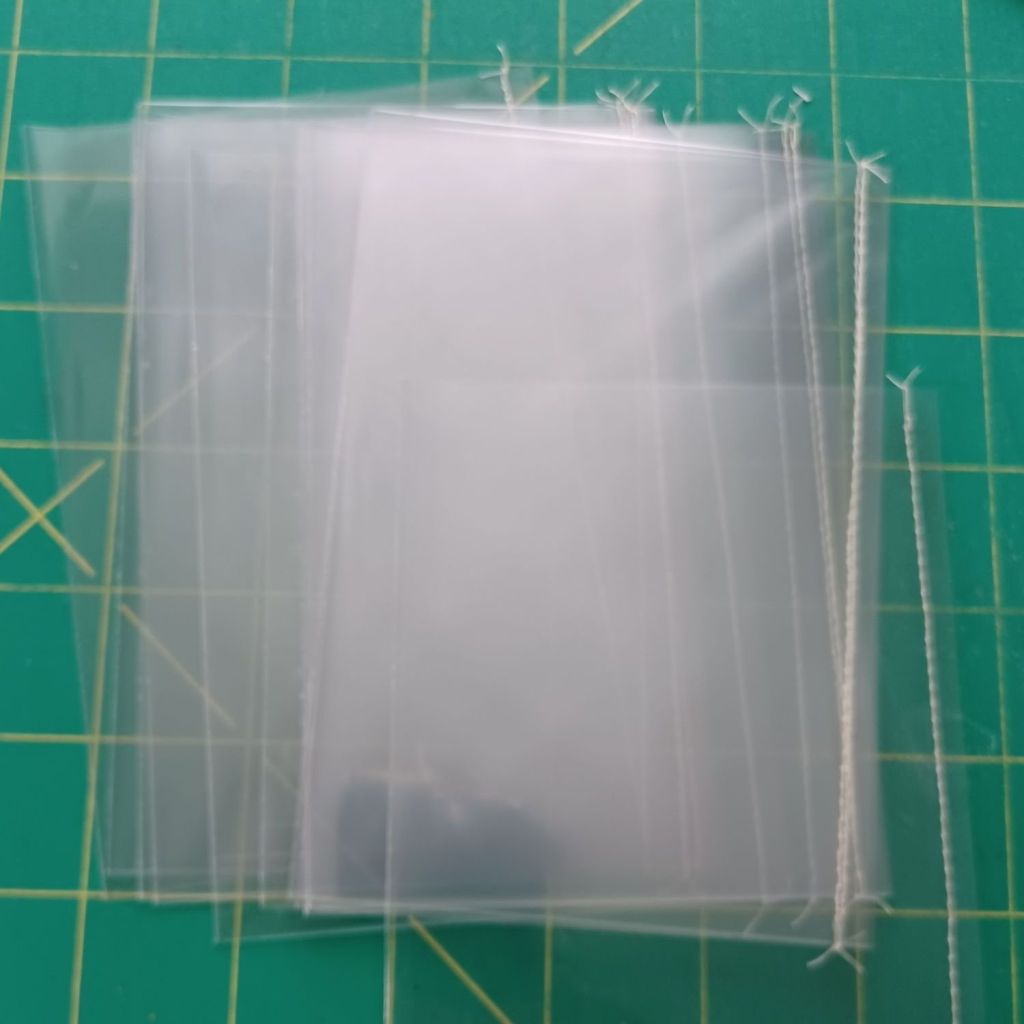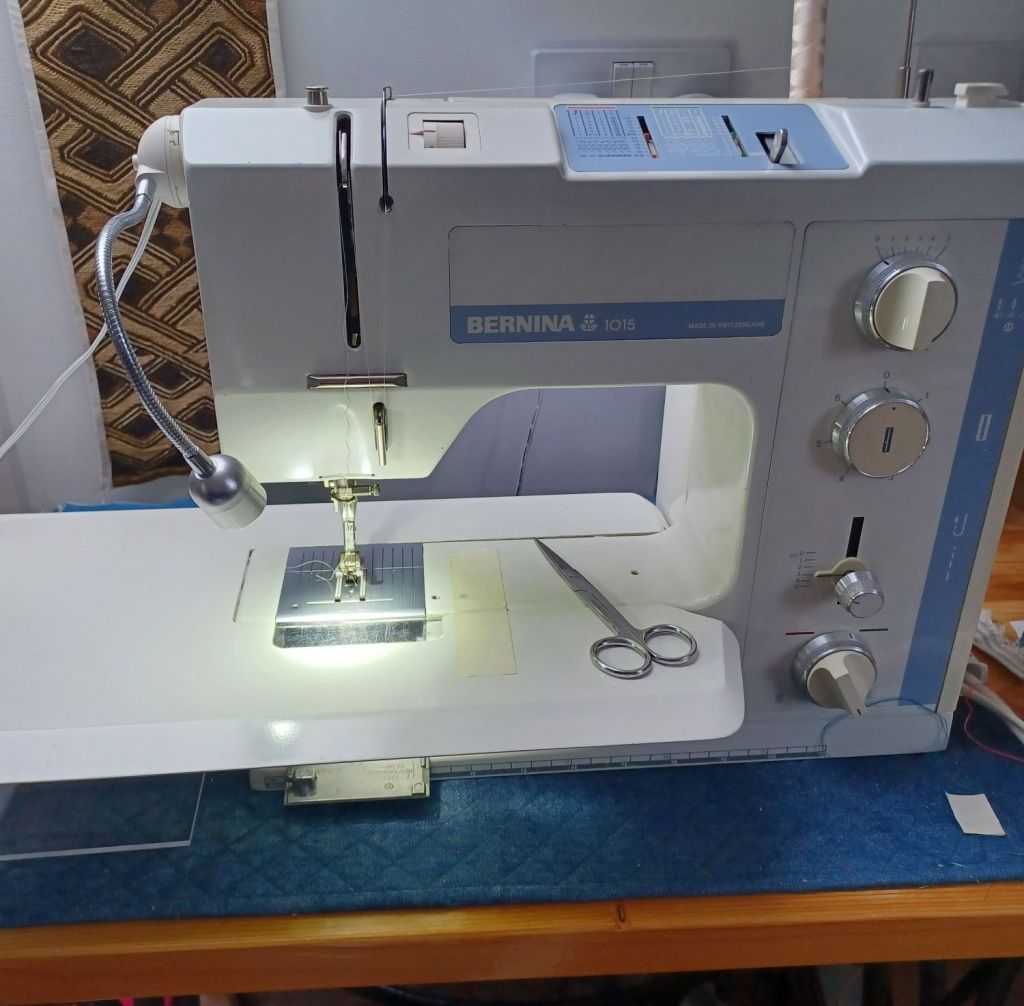Good day and welcome to this edition of Stitching News.
Life has been really busy since I last wrote, but I have managed to prepare some more tiny collaged pieces ready for stitching.
I have painted some more papers as well as raiding my scrap bag of painted papers, to gather a group which work well together. I have stitched into each one creating line, contrast, repeat pattern and change of scale. It is fascinating to see each one develop. I have no preformed idea about how to add stitch, ideas start as soon as I have added my first stitches!
As I so often state, “it is the” doing” that creates the ideas. If I waited for inspiration to strike, not a lot would happen at all, but as soon as I make a line of stitches, it alters the whole dynamic of the surface and another suggestion comes to mind!
I review each small collage constantly, aiming to create an interesting surface, which has a focus and is balanced.

These collaged pieces are 2″ x 1.5″. The size doesn’t mean they are quick to make. They are all stab stitched as there are often several layers of paper to stitch through, and being papers of varying thicknesses they can also be really tough to push a needle through.
There is no way I can gather stitches onto my needle as one does when stitching into fabric. Stitching into papers means punching a few holes at a time with my needle, according to what stitch I am creating, so that I can see from the back of the work exactly where to bring my needle back up to the front.
My painted collage papers are mostly created from recycled papers, brown, white, and grey packaging papers. I also use the backs of old work sheets, and some papers from discarded eco prints, which did not print clearly. I have lots of these discarded papers and they are perfect for recycling in this way, often giving surprising and fascinating results. For instance, a couple of weeks ago I used a weak leaf green watercolour washed over a very pale eco printed fern, and it lifted the print into a beautiful, soft golden result! Whether it was a result of the watercolour paint reacting with the iron water used in the printing process I have no idea. But it was a real serendipity moment!
I shall be displaying my cards (which will be on sale at our next Textiles Plus exhibition in 2025), in cellophane bags. So, instead of buying some, as I do not have any to accommodate 3″ cards and envelopes, I decided to stitch some larger ones to size, then trim the excess, leaving a small seam allowance. I had wondered if cellophane may have a plastic derivative, but from reading various articles on the Internet, it is clear that it is a cellulose, ( as its name suggests and it also seems that it is biodegradable and apparently its particles have little influence on the environment.
Cellulose is the structural component of plants; wood, cotton hemp and maize are a few examples of the natural materials that may be used to make cellulose film.

I apologise if this photo is a little out of focus, I cannot seem to sharpen it, but you get the idea!
Last, but very definitely not least, below is a photo of my trusted, long used, 1015 Bernina which I bought in 1987, but had put away put away during Covid because it was breaking the thread every few stitches. I could not work out why. I had regularly had it serviced and it had never “played up like that” before.
It went off to be investigated, and came back mended, but before long it started all over again! The other day I visited a lovely friend called Sue, and she told me she had watched a Bernina video about cleaning the machines She said that many problems can actually be fixed by using a cotton wool bud to clean the machine. I had always used the brush that came with my machine, never a cotton wool bud.

So, I got my 1015 out again, and cleaned it thoroughly with the said item. I was astonished at how much dirty fluff etc. came away. I have always cleaned my machine regularly, but clearly the brush did not do it satisfactorily.
As always, I took the race out and the foot plate off and accessed every nook and cranny possible. 7 cotton wool buds later I was no longer getting any more dirt!
I threaded it up and tried it out and it purred to me. The sound was wonderful; it just purred, and there was not a broken thread in sight. I put my very old red-suitcase Bernina away again. It was a good little substitute but I was always conscious that the straight stitch never seemed totally straight, which was a problem to me when top stitching! The machine’s pedal was not so smooth so when when I was free machine quilting I did not get a smooth stitch. But I am now back in happy land again. Over the last three years I had been mainly hand stitching, but I plan on machine piecing a lot this next year. Incidentally, you can see a piece of masking tape on the machine table to the right of the foot plate. This was my guide when stitching the cellophane bags.
Until, next time, Happy Stitching…!
Di
Gorgeous collages, Di! X
LikeLike
Thank you very much xx
LikeLike
oh Di I love the small collages.they are so delicate but so detailed.
LikeLiked by 1 person
Thank you so much Liz. There is a lot of work in them, but they seem to be capturing a lot of people’s imagination! I have had some delightful responses.
They make me smile all day long!
LikeLike
Great work on the machine. Yes, I have cellophane bag stickers explaining that it’s wood pulp based for wrapping. Be careful it’s not a pretend from China though if you have to buy more. They jump on any bandwagon.
LikeLike
Thank you for your comment. Machine continues to behave impecably!
LikeLike